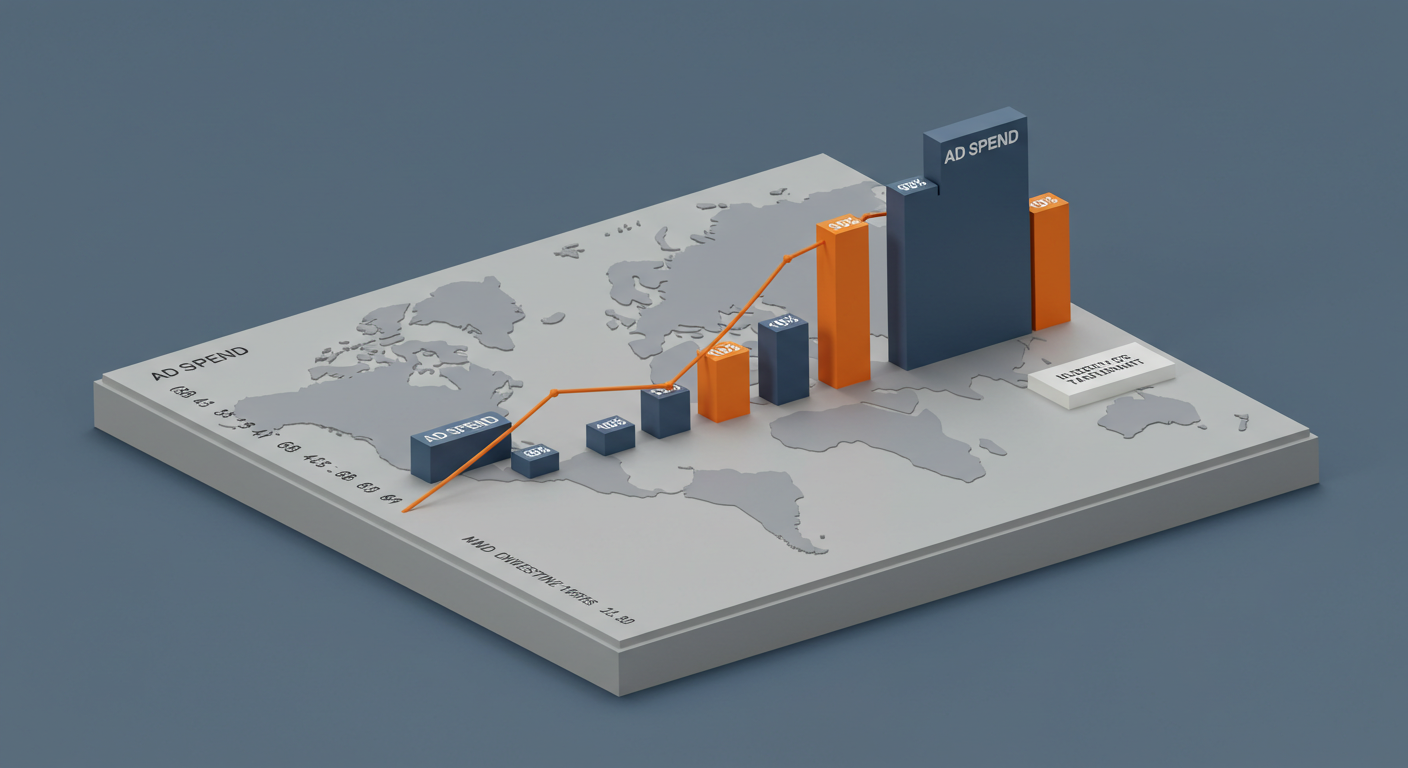
With all the commotion about Trump returning and Trump’s tariffs back in the mix, you’re probably thinking, is this going to mess with my ad budget as well in Malaysia?
Short answer: Not really, but yes, there is a ripple effect. And if you’re advertising or planning your next major campaign, especially to global markets, here’s why you need to care.
1. Tariffs Increase Prices And That Reduces Ad Budgets
Tariffs are really just taxes on imports. When tariffs go up, prices follow. Businesses, especially manufacturers and retailers, ultimately absorb the cost of these added expenses. And when that happens?
Marketing is often the first to be cut.
So if you’re a product company or you supply brands affected by international price changes, it’s definitely worth taking a look at where your ad spend is going.
2. When Global Prices Go Up, Consumer Confidence Can Drop And It Impacts How Malaysians Spend

Consumer confidence can decline when prices start to rise globally. This affects how people spend their money.
Tariffs have an impact on more than just how companies control their expenses.
People everywhere, including Malaysians, become more frugal with their spending when international markets become unstable.
While Malaysian consumers may not directly feel the impact of U.S.-China tariffs, they might delay purchases or become more selective. They might also shift focus to somewhere else.
This is especially true when global inflation affects the prices of goods or services.
Therefore, now is a good time to emphasize cost-effectiveness, value for money, and local trust in your messaging if you’re targeting Malaysian customers.
3. Global Ads Cost More — But Not Because of Platform Fees
 Google, Meta, and TikTok don’t directly raise ad prices because of tariffs. These platforms set their ad prices based on a bidding system. So the cost of running ads depends on factors like
Google, Meta, and TikTok don’t directly raise ad prices because of tariffs. These platforms set their ad prices based on a bidding system. So the cost of running ads depends on factors like
- Competition: How many advertisers are targeting the same audience.
- Demand for ad space: More demand for specific markets (like Southeast Asia) can push prices up.
- Currency exchange rates: If your local currency (e.g., the Malaysian ringgit) weakens because of tariffs or trade wars, it may feel like you’re paying more in your local currency for ads, even though the platforms themselves haven’t changed their rates.
But here’s how tariffs indirectly impact ad spend:
- Tariffs raise costs on goods and services. This can affect your business’s overall budget. You might be spending less money on ads.
- Tariffs can affect consumer behavior. If consumers spend less because prices have gone up, businesses might reduce their ad budgets to align with the decrease in demand.
- Supply chain disruptions. Tariffs can make it more expensive to import goods, and delays can affect your product availability. When these things happen, businesses often tighten their marketing budgets.
But if you’re a Malaysian business paying for ads in USD, and the ringgit weakens due to trade instability? You’ll feel that pinch.
Also, when big brands leave global markets, others wait in line to replace them; there will be rising competition and pushing CPC (cost per click) or CPM (cost per thousand impressions) in hotspots like Southeast Asia, Australia, or parts of Europe.
4. Global Campaigns Have More Risk Now
Even if your ad spend is steady, your supply chain might not be.
- Higher import/export fees
- Unreliable delivery timelines
- Disrupted logistics
If your product is stuck at customs or overpriced in a market, your ROI will suffer, no matter how well your ad is performing.
So a smart tactic for many businesses these days?
Double down on regional or local markets. The audience is closer. The fulfillment is faster. The cost is more predictable.
5. Go Local, Build Trust, Highlight Impact
If you want to avoid being impacted by Trump’s tariff, here’s the better news. The more international uncertainty increases, the more valuable local trust is. It’s time for local businesses and GLCs to step up because now,
- Local businesses are in demand
- GLCs are now encouraged to shop with Malaysian vendors
- SMEs that scream “Made in Malaysia” will steal hearts and wallets
If you’re doing campaigns during Raya, Merdeka, or even Q4 holidays, make sure that your messages get that feeling.
What Should You Do Now?
If you’re a Malaysian entrepreneur, SME owner, or GLC marketing lead, here’s your playbook:
- Audit your ad accounts, especially Google and Meta, to spot where currency fluctuation might be burning your budget
- Rethink global campaigns if your product supply is affected by tariffs or shipping delays
- Highlight local wins in your messaging: local impact, job creation, halal standards, etc.
- Go multi-channel: Use TikTok Ads, Google, and LinkedIn to reach B2C and B2B users actively looking for Malaysian solutions
And if you need help with running ads?













